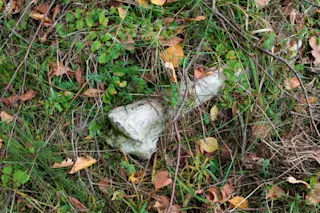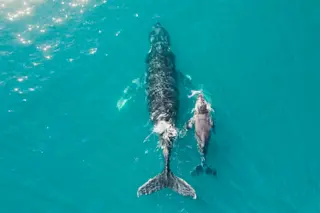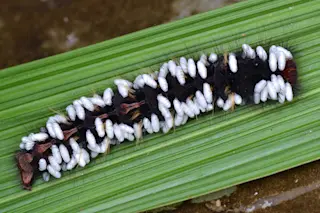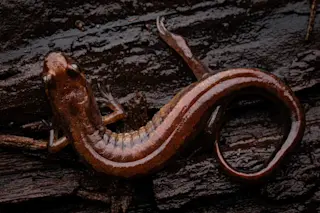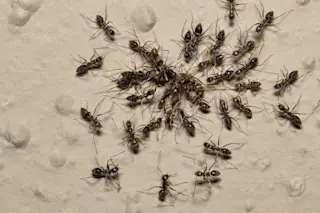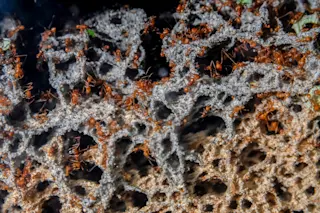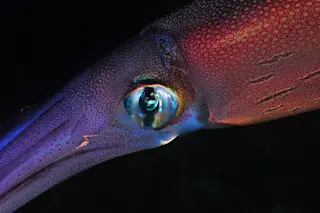It began with an Earth-shattering bang, and when the dust had settled, the dinosaurs were dead. In fact, 75 percent of all life went extinct. Many of the organisms that did survive the initial impact of the Chicxulub asteroid died out in the following decades as our environment and climate underwent a series of extreme changes.
The globe would never be the same again. Gone were the giant dinosaurs and large marine reptiles, as well as a great number of other vertebrates.
But even plant life was profoundly impacted — figuratively as well as literally. The 10-mile wide Chicxulub asteroid hit ground just north of the Yucatan Peninsula about 66 million years ago. The impact and resulting changes to climate had massive effects on our forests, especially in the Americas closest to the disaster. Research shows that the Amazon and other neotropical rainforests were essentially shaped by changes that occurred ...




